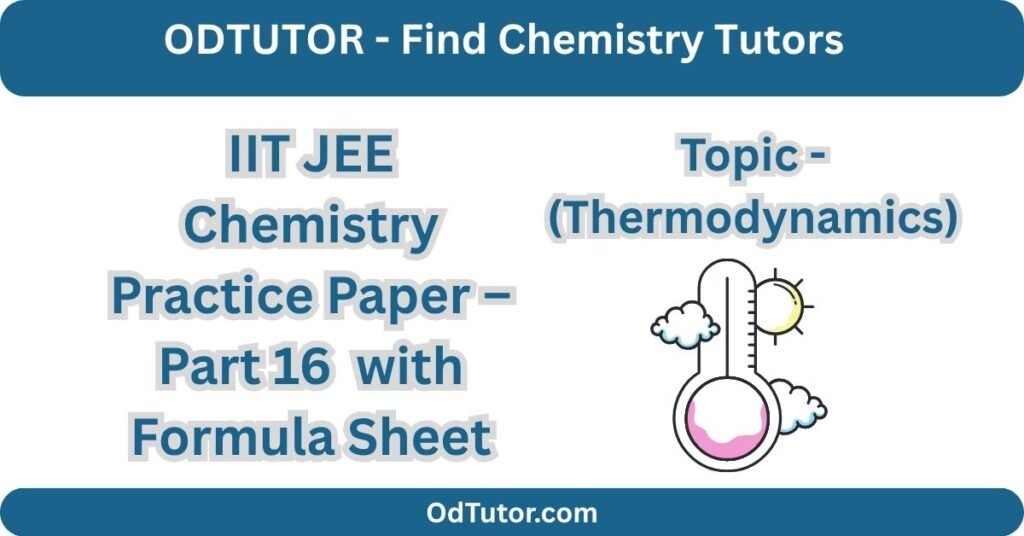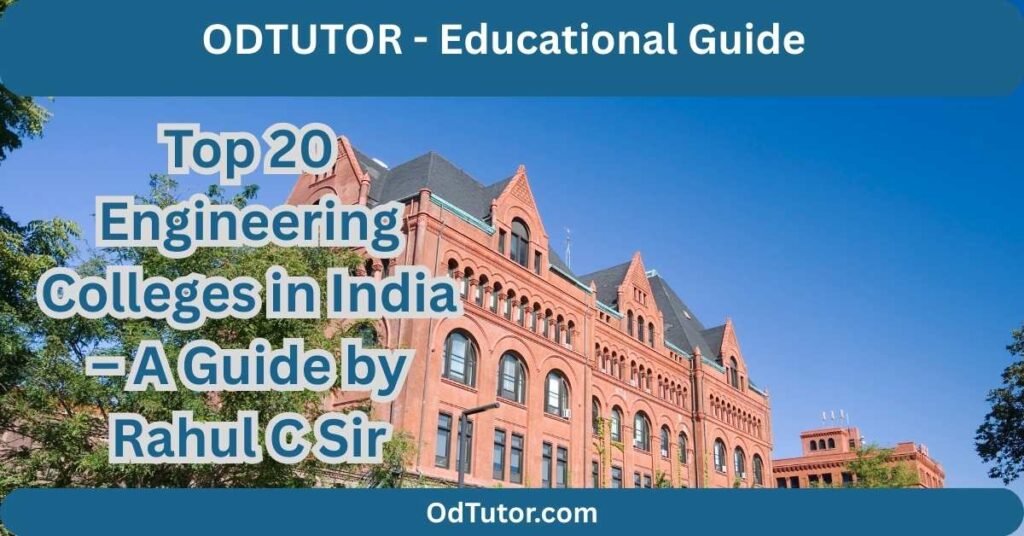The Five Kingdom Classification & Atypical Life Forms : NEET UG Bio Unit 1
NEET UG BIOLOGY Unit 1: DIVERSITY IN THE LIVING WORLD The Five Kingdom Classification & Atypical Life Forms A Comprehensive Lecture by Prof. Anil Tyagi, Ph.D. Welcome, future doctors. Before we can diagnose disease, we must understand the agents that cause it. Before we can appreciate the human body, we must understand the diversity of …
The Five Kingdom Classification & Atypical Life Forms : NEET UG Bio Unit 1 Read More »










